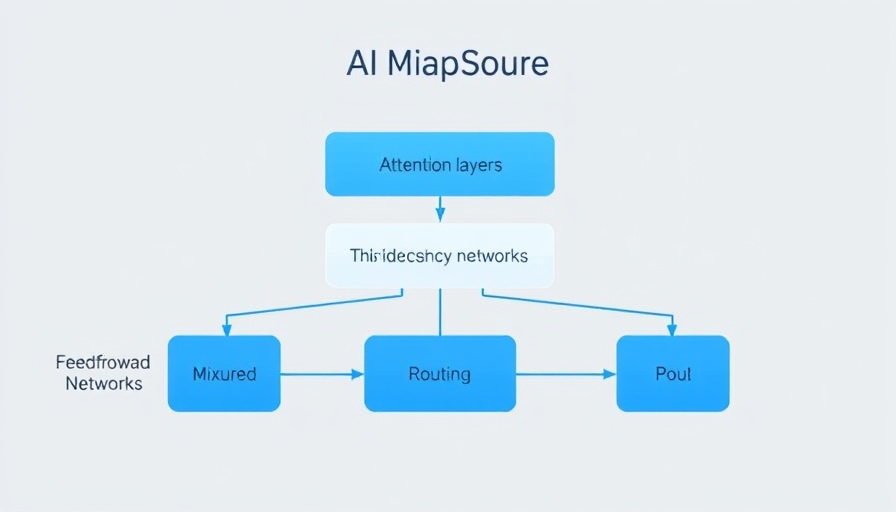
Meta's Llama 4: A Revolutionary Leap in AI Technology
In a bold move for the AI industry, Meta CEO Mark Zuckerberg unveiled the Llama 4 series, showcasing artificial intelligence models that traverse a striking range of capabilities. Described by Zuckerberg as a “big upgrade,” these models, particularly Llama 4 Scout and Llama 4 Behemoth, aim to not only enhance AI performance but also to democratize access to advanced technology.
A Closer Look at Llama 4 Scout
Llama 4 Scout stands as a testament to Meta's commitment to innovation, featuring an astounding nearly infinite, 10 million-token context length, effectively allowing it to analyze the equivalent of 15,000 pages in a single sweep. This capability surpasses the industry standard established by OpenAI's GPT-4o, which boasts a significantly smaller context window. Such advancements highlight Meta's strategy of positioning itself at the forefront of AI developments, promising an open-source model that can be universally utilized for diverse applications in business and technology.
The Behemoth: A Game-Changer in Model Size
On the opposite end of the spectrum, the nearly 2 trillion parameter Llama 4 Behemoth is one of the largest AI models ever conceived. Zuckerberg's excitement around this model underlines its potential superiority in performance, even remarking, “I’m not aware of anyone training a larger model out there.” This Behemoth is designed as a “teacher” model, hinting at its role in guiding other AI systems or applications, which could be a significant advantage in enterprise settings.
Innovative Technical Architecture
The innovations presented in the Llama 4 series, particularly the iRoPE architecture, demonstrate a commitment to scalability and efficiency. By employing interleaved attention layers and eliminating positional embeddings, the iRoPE architecture has set the stage for potentially untapped applications of AI across industries. As businesses look to utilize AI tools for marketing analytics or operational efficiencies, the context window breakthroughs highlighted in Llama 4 Scout are especially promising.
Comparative Performance Metrics
Independent validations such as the Hugging Face Chatbot Arena leaderboard further illustrate Llama 4 Maverick's commendable stance as it already ranks second. Such performances validate Zuckerberg’s belief that open-source AI will ultimately lead to superior models. The competitive edge that Meta’s technologies seem to offer over proprietary systems like GPT-4o and Gemini 2.0 Flash merits consideration for tech-driven businesses that invest heavily in AI-driven solutions.
Understanding the Mixture-of-Experts Approach
Both Llama 4 models utilize a Mixture-of-Experts (MoE) approach, allowing for high-performance outputs while optimizing computational efficiency. For instance, Llama 4 Maverick employs 17 billion active parameters for efficient token processing but can leverage a comprehensive pool of 400 billion parameters. This innovative architecture can dramatically reduce operational costs for businesses aiming to implement AI functionalities without overstretching their computational resources.
The Future of AI for Businesses
As CEOs and marketing managers assess the evolving landscape of AI, understanding models such as Llama 4 may prove crucial. The capability to analyze vast datasets and produce intelligent outputs positions businesses to rapidly adapt strategies and drive informed decision-making. Companies that adopt these cutting-edge technologies stand to gain a competitive advantage in their respective markets.
Prepare for the AI Revolution
With the unveiling of Meta's Llama 4 series, the AI technology landscape is poised for transformation. As these models become more widely accessible, staying informed and prepared to adopt new tools will be essential for business leaders. Embrace this technological shift now, and equip your organization with the AI prowess necessary for the future.
Act now to learn more about how Meta’s Llama 4 series can revolutionize your business strategy!
 Add Row
Add Row  Add
Add 




 Add Row
Add Row  Add
Add 

Write A Comment